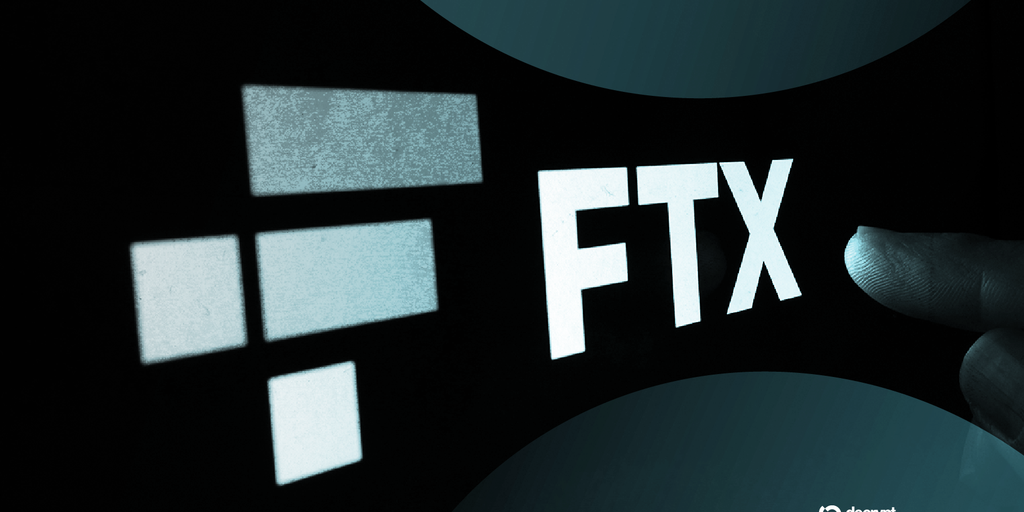Silicon Valley law firm Fenwick & West faces accusations of being "deeply intertwined in nearly every aspect" of crypto exchange FTX’s collapse, as investors filed a lawsuit alleging the firm not only enabled Sam Bankman-Fried‘s fraud but also helped design it.
The lawsuit filed Monday is part of a multidistrict litigation involving over 130 law firms that worked with FTX, singling out Fenwick & West as the only firm facing fraud charges in the dedicated "Law Firm Track."
Plaintiffs claim they can prove the law firm had "actual knowledge" of the fraud and provided "substantial assistance" that made the multi-billion dollar scheme possible.
The lawsuit is an attempt to hold a major law firm liable under federal racketeering (RICO) laws for allegedly participating in client fraud, rather than merely providing bad legal advice.
Investors allege the firm "designed, approved, and implemented" corporate structures that enabled former FTX CEO Sam Bankman-Fried and insiders to steal hundreds of millions in customer funds through sham "loans."
Shell game?
The firm is accused of creating shell companies such as North Dimension to disguise customer deposits and withdrawals, thereby helping FTX evade regulatory oversight.
However, legal experts caution that proving law firm culpability requires more than extensive client engagement.
Even Alex Chandra, partner at IGNOS Law Alliance, told Decrypt that being "deeply intertwined" could simply reflect "the breadth of engagement with a complex client, where broad involvement is often necessary to understand and address their legal needs."
He added that "there must be proof of both actual knowledge of illegal acts and substantial assistance in carrying them out" beyond routine legal work.
The FTX bankruptcy‘s Independent Examiner, who reviewed over 200,000 documents, concluded that "Fenwick specifically was deeply intertwined in nearly every aspect of FTX Group‘s wrongdoing."
The examiner found the firm had "exceptionally close relationships" with insiders and facilitated transactions that misused customer assets.
Nishad Singh, FTX‘s former engineering director who pleaded guilty and cooperated with prosecutors, testified earlier that he "informed Fenwick of the misuse of customer funds, improper loans, and false representations, and… Fenwick advised on how to facilitate and hide these very acts."
Caroline Ellison, former Alameda Research CEO, also admitted that "FTX used customer money to help Alameda meet its liabilities," confirming that she, Bankman-Fried, and other executives knew customer funds were being diverted to cover trading losses.
Investors claim Fenwick‘s Silicon Valley prestige was crucial for legitimizing FTX with investors and venture capitalists, helping the exchange raise over $1.3 billion while allegedly knowing about insolvency risks.
The lawsuit alleges that Partner Tyler Newby authored FTX’s encrypted communications policy, which enabled Signal disappearing messages, while Partner Andrew Albertson allegedly helped connect the exchange to key venture capitalists.
FTX filed for bankruptcy on November 11, 2022, after revelations about Alameda‘s financial condition.
Bankman-Fried was later convicted on seven fraud counts and sentenced to 25 years in prison, and has since been transferred to a medium-security facility in California, where he continues to maintain his innocence while pursuing an appeal of his conviction.
Your Email










